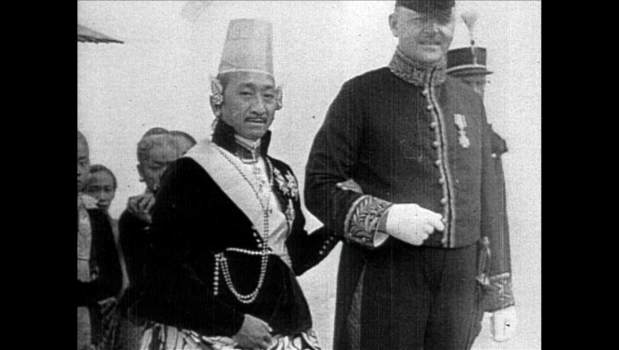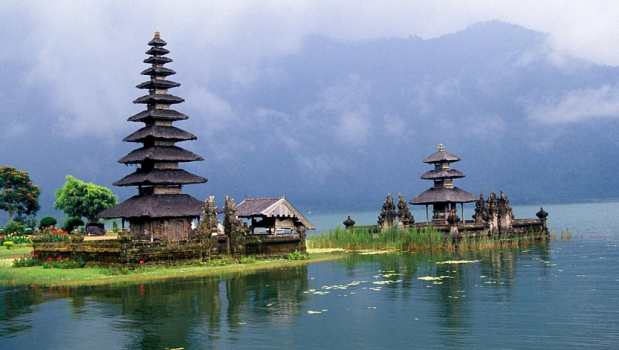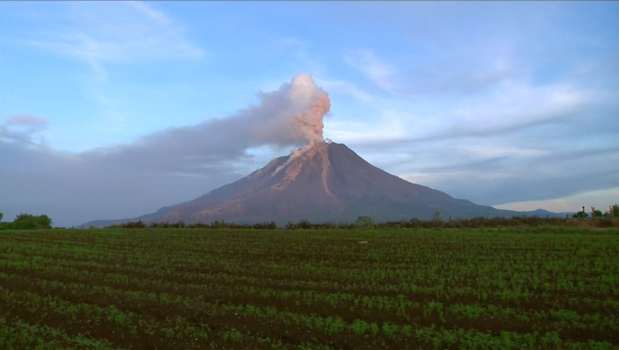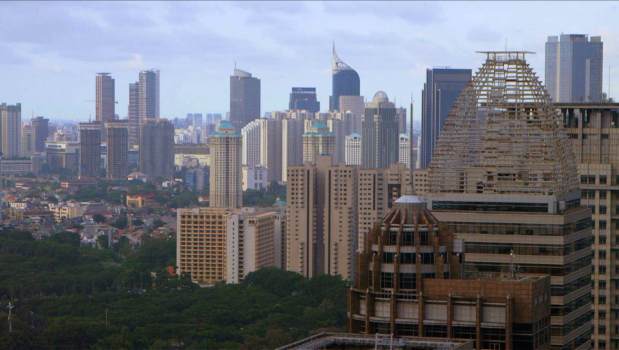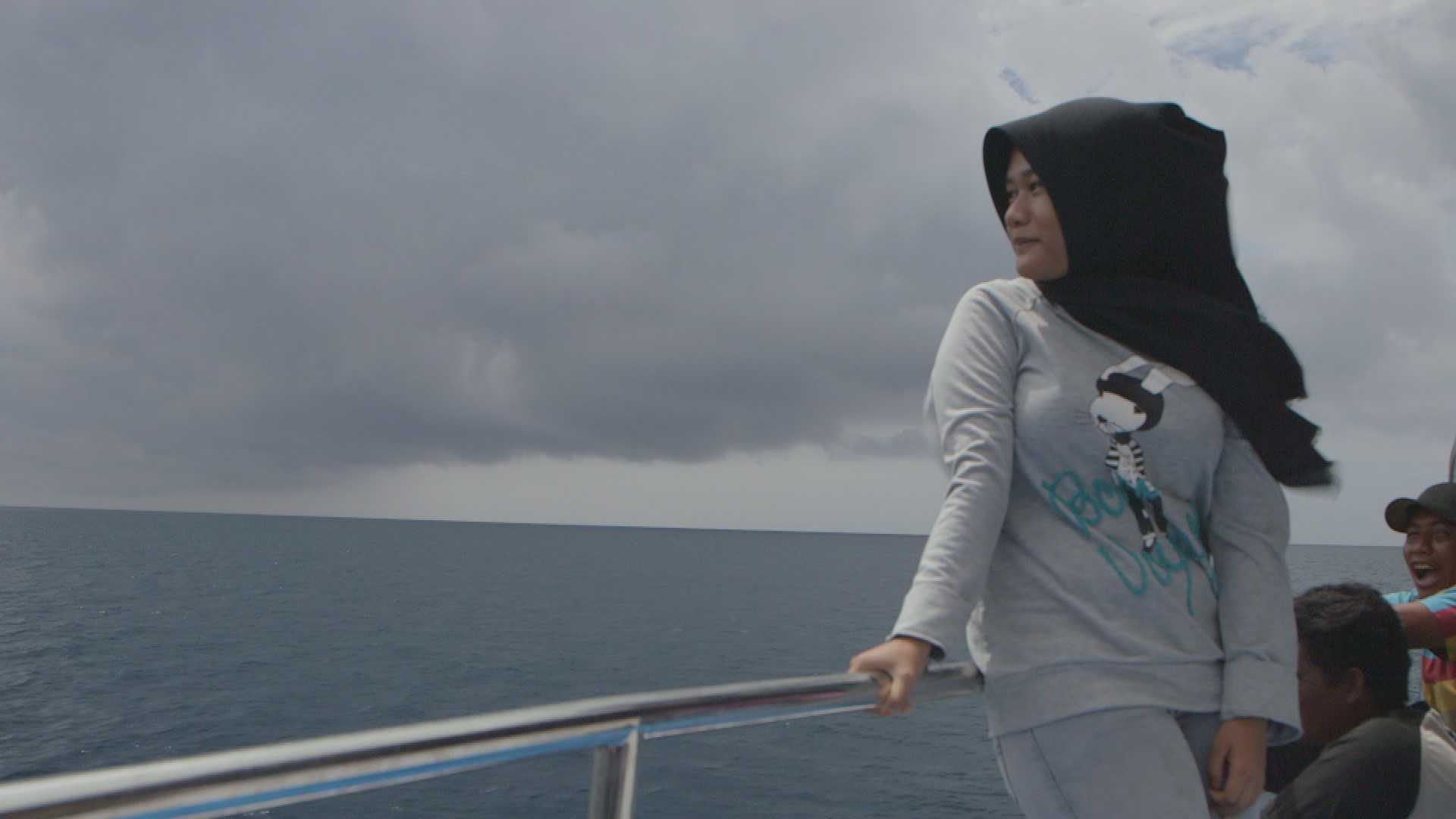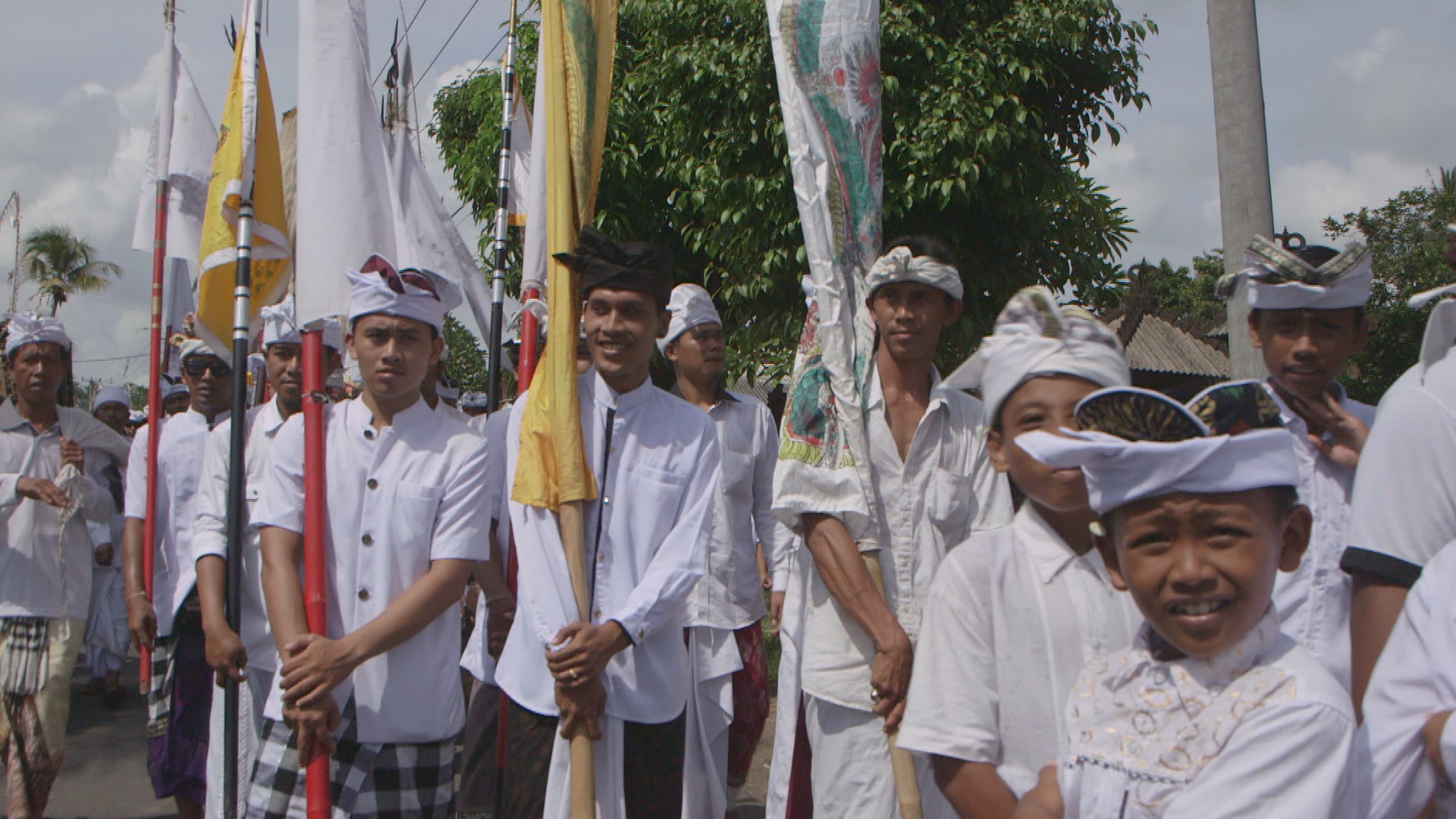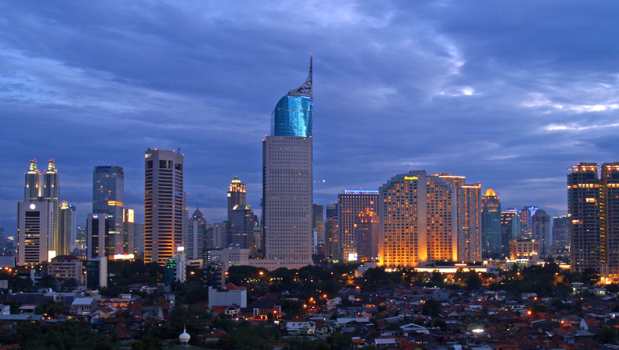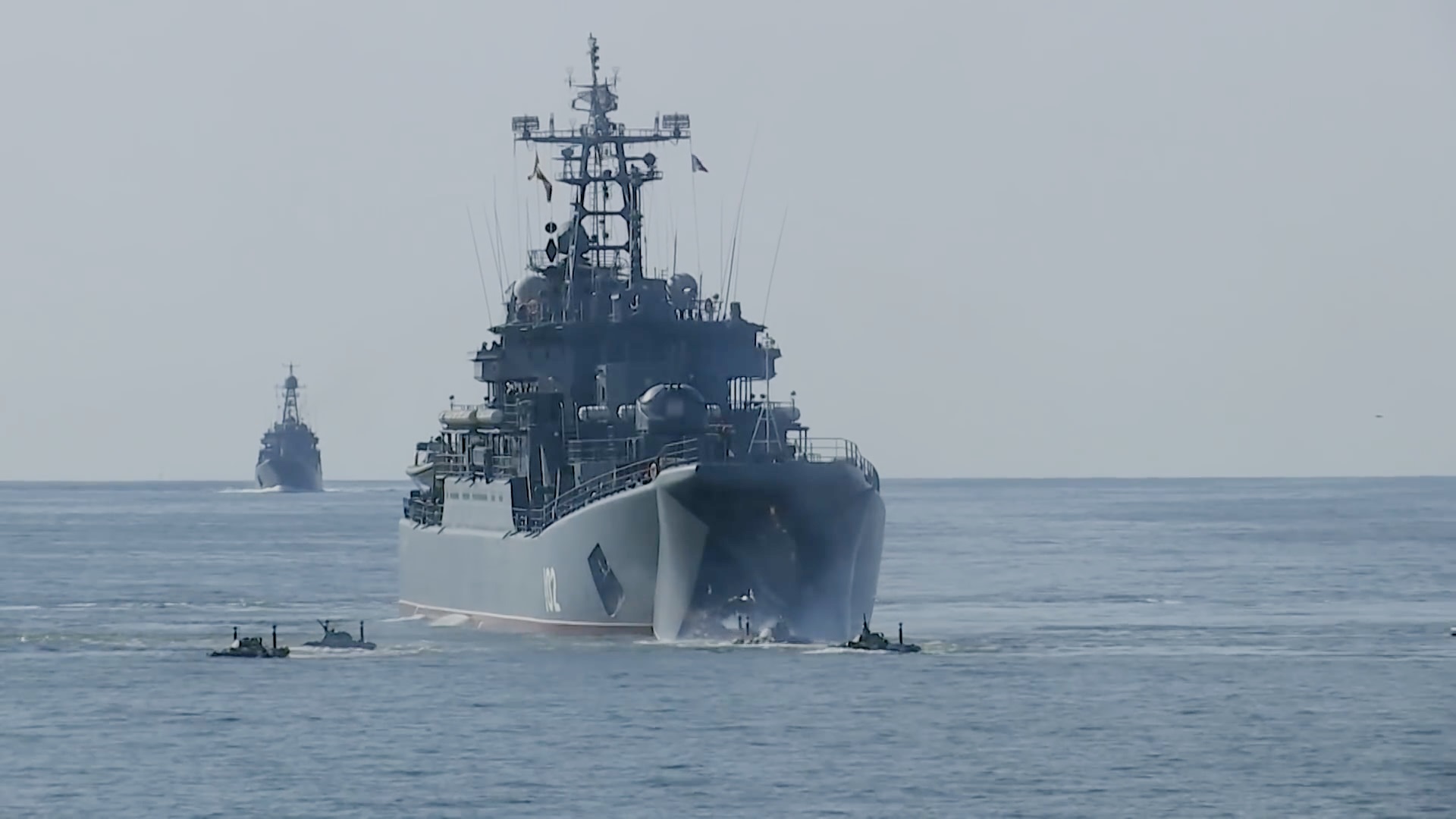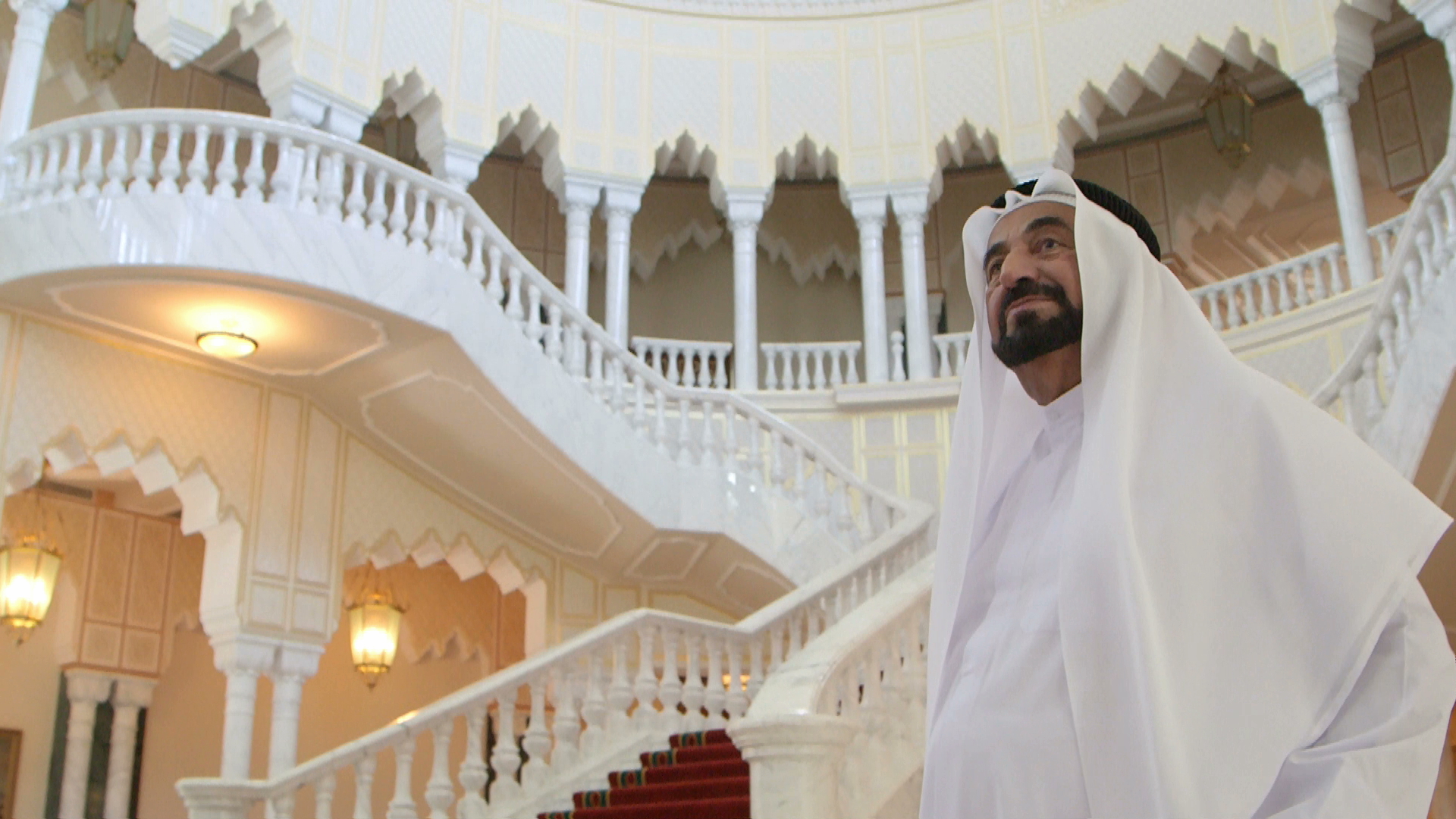Indonesia: Power, Islam, and Democracy
As the world’s largest Muslim-majority country, the Indonesian archipelago stands as one of the emerging powers in Southeast Asia. This two-part documentary explores its history and its journey towards the future.
Rich in vast natural resources, Indonesia ended four centuries of Dutch colonization after World War II. Its struggle for independence and democracy, marked by tragic episodes, has not been without challenges. With an annual growth rate exceeding 6%, Indonesia is on track to become, despite numerous hurdles, a new Asian giant.
Type (Documentaire / Documentaire fiction / Série documentaire)DocumentaryGenre en anglaisHistory Written byElizabeth D. Inandiak, Frédéric CompainDirected by Frédéric Compain EditingAlexandre AuqueCinematographyAlain CompostSoundHidayat SyarifOriginal score Siegfried CantoIn coproduction with ARTE FranceIn association with La RTS – Radio Télévision SuisseSupported by CNCBroadcasted by ARTE France Distributed by TerranoaYear2017Duration2x55min
Delving into Indonesia’s history and recent past through extensive archives, Frédéric Compain provides a comprehensive portrait of Indonesian society and the challenges it faces. This overview is enriched by insights from leading witnesses and analysts: politicians, religious leaders, historians, economists, human rights advocates, journalists, and more.
Part 1: The Invisible Giant
An archipelago of over 17,500 islands nestled between the Pacific and Indian Oceans, Indonesia first piqued European interest in the 16th century. Its position along the Silk Road attracted Portuguese traders, who were soon replaced by the Dutch. The rapacious Dutch East India Company seized control of the archipelago’s natural resources. In 1822, the Muslim prince Diponegoro made an early attempt to rally Javanese aristocracy against the colonizers, and his exile gave rise to a new national sentiment. By the early 20th century, independence movements faced fierce repression. When the Japanese occupied the archipelago in 1941, they were seen as liberators. In August 1945, Japan’s surrender marked the birth of the Republic of Indonesia. Initially led by Sukarno and later by Suharto from 1967, the country endured five challenging decades marked by repression, nepotism, and corruption.
Part 2: The Giant in Motion
A decade after hosting the Non-Aligned Movement conference in Bandung in 1955, Indonesia cracked down on communists in a brutal repression. As the country was engulfed in silence, the end of the Cold War led Muslim intellectuals to demand regime democratization. The 1997 Asian financial crisis, which plunged the national economy, coupled with pressures from the “American friend” and popular protests supported by the Sultan of Yogyakarta (whose father had previously supported the independence war), led to the downfall of General Suharto’s corrupt regime in 1998. However, internal conflicts, including those in Timor, Aceh, and the Moluccas, threatened the fragile unity of the young republic. In 2002, a Bali bombing raised fears of an uncontrollable rise in radical Islamism…
Press coverage
A remarkable access to key actors in civil society.
Télérama
Ambitious.
Le Monde
